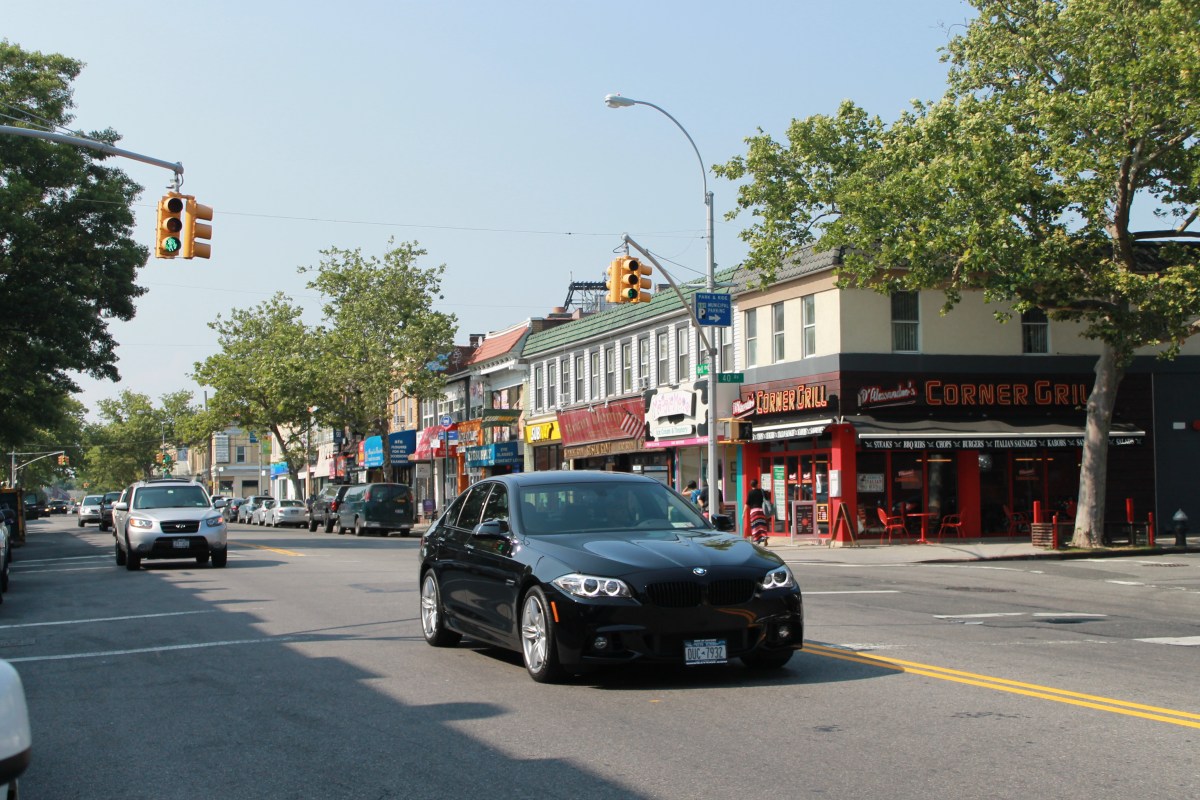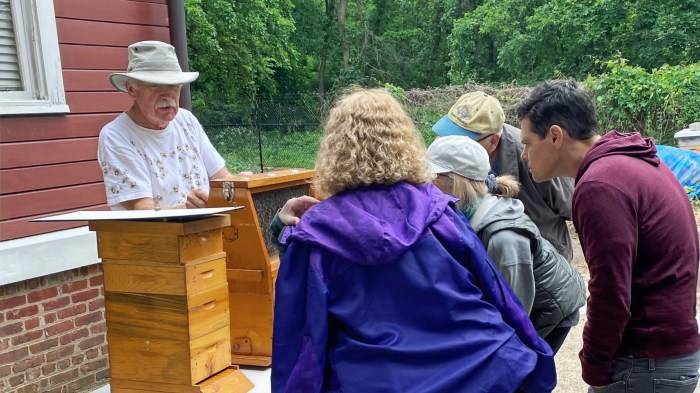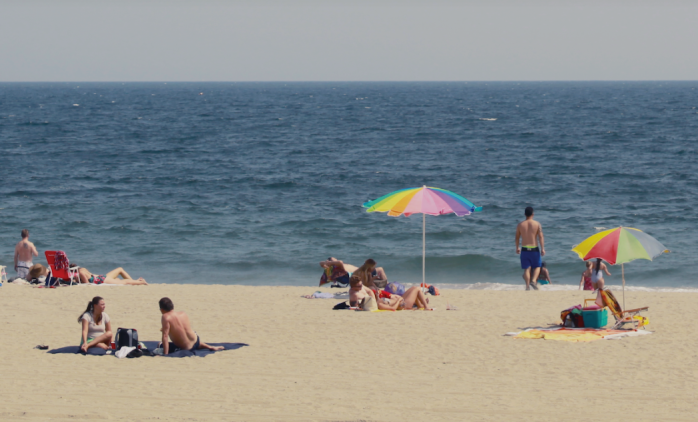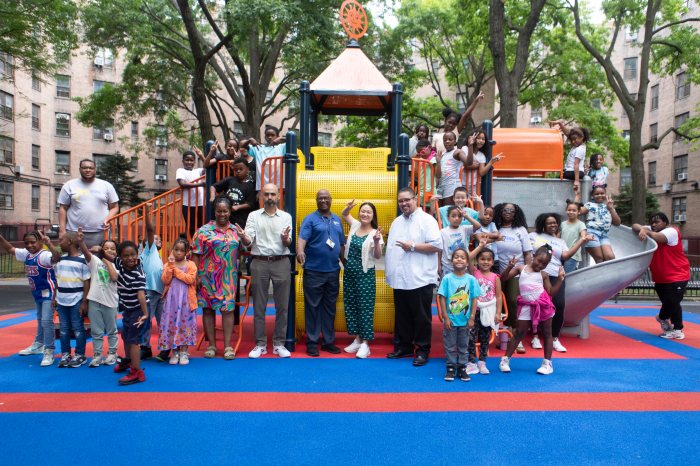Confirming what many Baysiders already believed to be true, a study concluded that Bell Boulevard needs nearly one thousand more parking spaces to meet the needs of shoppers, commuters and residents alike.
The study commissioned by the Bayside Village Business Improvement District (BID) and funded by City Councilman Paul Vallone continues the process of finding a solution to overcrowded parking conditions on the boulevard.
According to the report released this week, approximately 3,400 spaces are needed in total to accommodate all of the parking needs, but only 2,500 of those spots are currently available. Issues of short parking supply on Bell Boulevard arise from the multiple different functions which the strip serves in the community, attracting thousands of people and their vehicles to the area every day.
Lyle Sclair, executive director of the Bayside Village BID, emphasized how important it was to organize a plan to alleviate the parking strain on all of the different demographics using Bell Boulevard.
“We have to understand how to balance that without putting undue pressure on any group,” Sclair said. “I don’t think anyone would tell you that parking was working for any one group.”
Of the total 3,400 needed spots, an estimated 1,400 are generated from commercial and office uses on the boulevard. Another 1,033 spots are needed for commuters, with 23 percent of Long Island Rail Road users connecting to the Bayside station by driving themselves alone and parking their cars in the neighborhood.
An additional 1,000 vehicles were also factored in for residents who live in the area. While there are approximately 1,713 registered vehicles in the study area, many of them are parked off-street in private driveways or garages.
Several options were introduced in the study for both long- and short-term solutions to ease the scarcity of parking spot in Bell Boulevard.
“We don’t want to recreate the wheel but you have to look at every possible solution out there,” Sclair said, “and that’s what we’re trying to do with the parking plan.”
One of the solutions explored in the study was to construct a parking structure in an appropriate site, with the current location of the Department of Transportation Municipal Lot used as an example. A private developer or the BID would have to build the structure as the Department of Transportation does not perform that service, and this would have a price tag of around $10 million in city permits and design and construction costs.
A long-term surface parking lot was also looked at as a possible solution in the study. This could cost around $5 million in construction costs without factoring in the cost of the real estate, and would involve a private developer acquiring multiple local properties for the project.
“We looked at all of those programs to see what was reasonable, and what was feasible,” Sclair said. “You want as many ideas out there as possible, so you can actually get things done.”
To download the complete parking study and read more information about local parking, visit the Bayside BID’s website.
RECOMMENDED STORIES


































